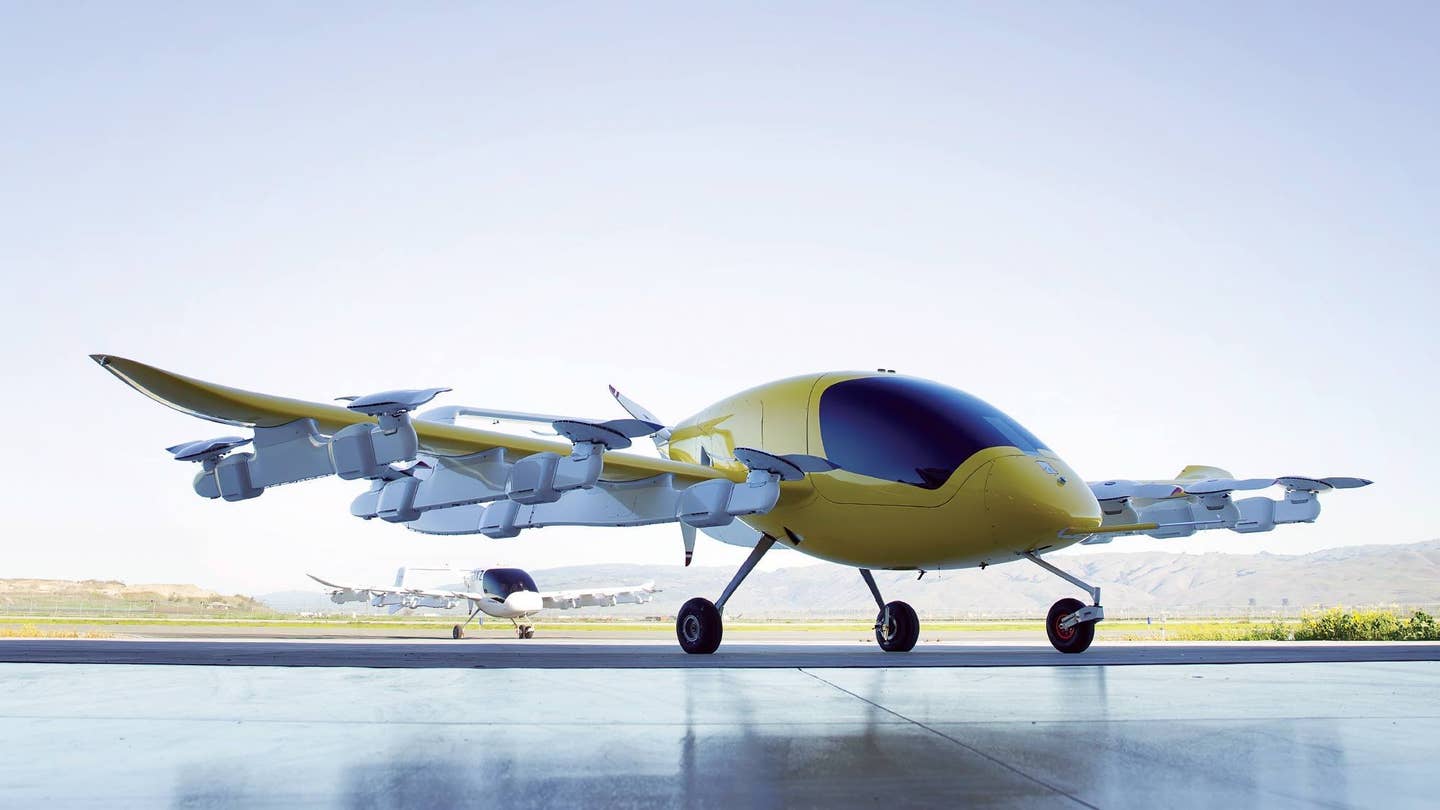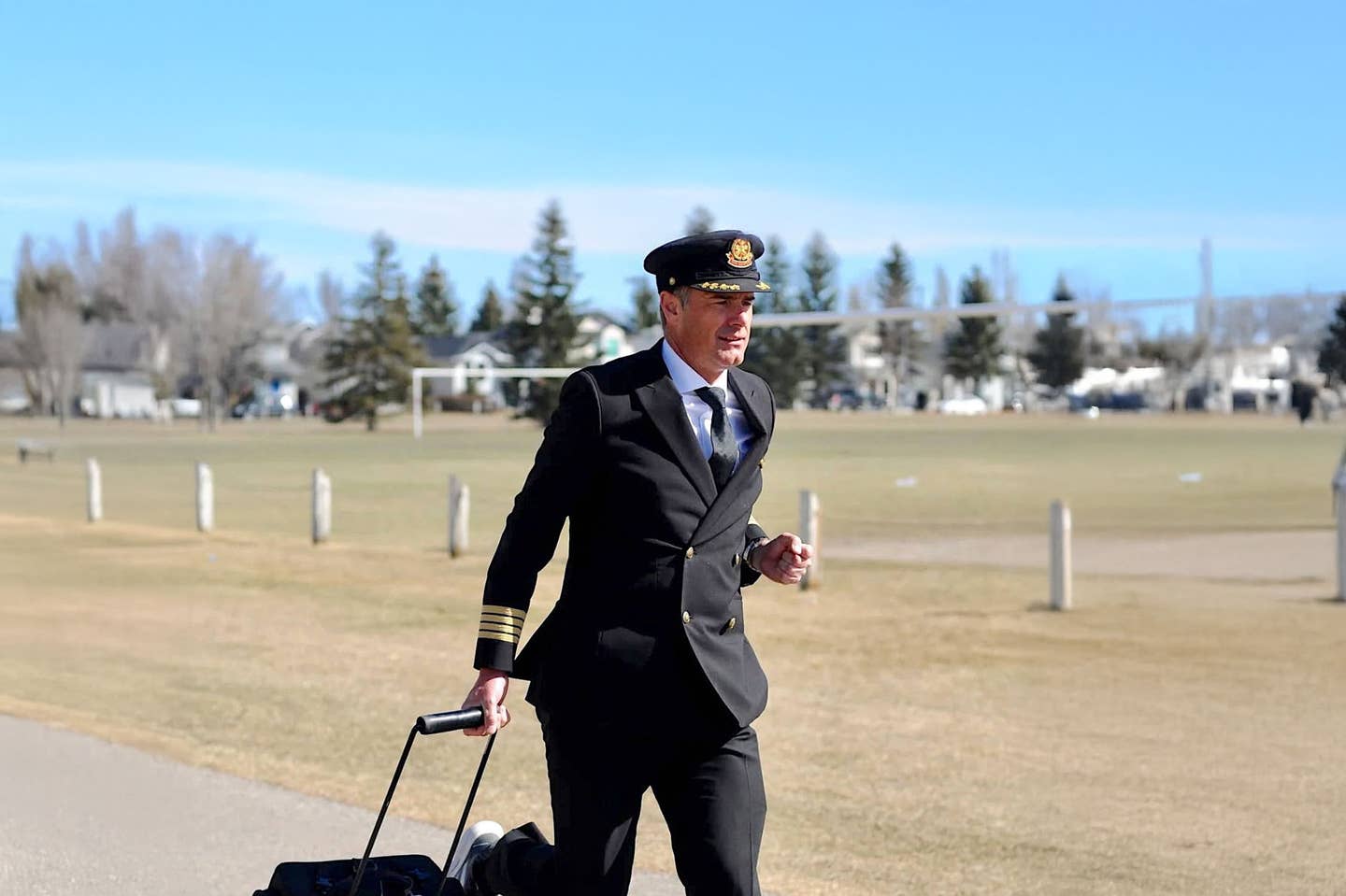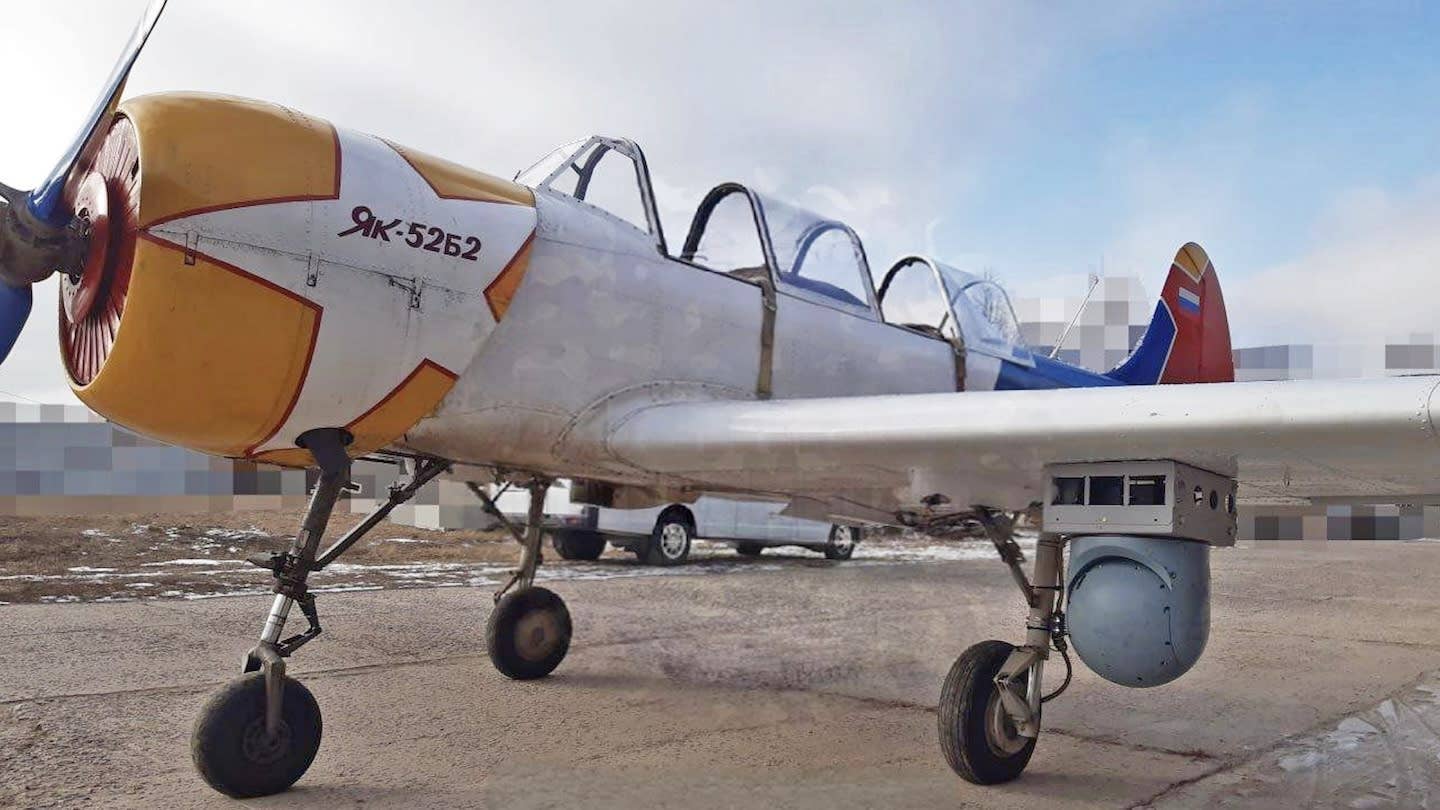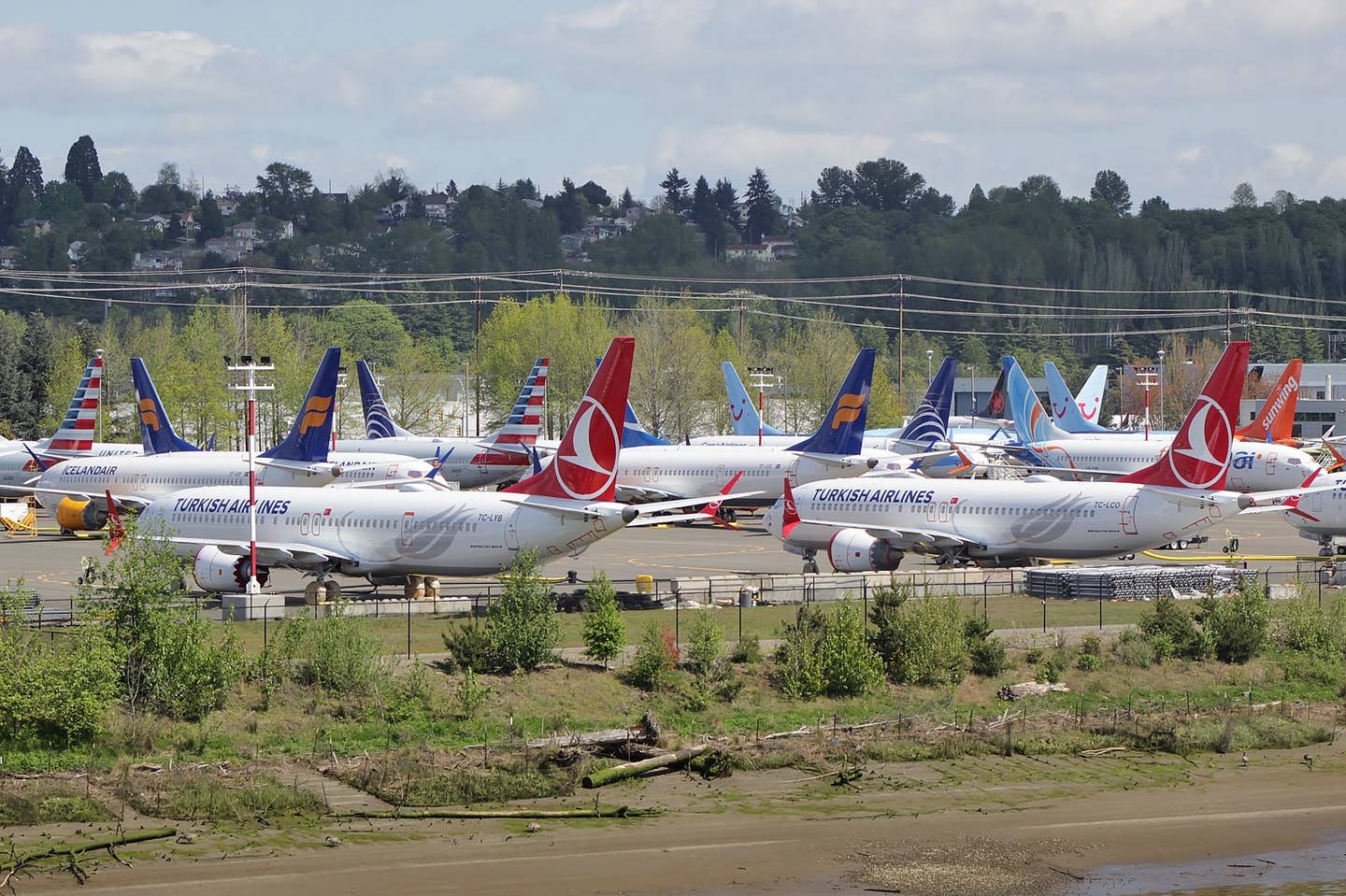Boeing, Kitty Hawk Rebrand Joint eVTOL Project
A joint venture between Boeing and electric transportation solutions company Kitty Hawk Corporation aimed at developing Kitty Hawk’s autonomous, all-electric vertical takeoff and landing (eVTOL) air taxi, Cora, got a…

Image: Kitty Hawk Corporation
A joint venture between Boeing and electric transportation solutions company Kitty Hawk Corporation aimed at developing Kitty Hawk’s autonomous, all-electric vertical takeoff and landing (eVTOL) air taxi, Cora, got a new name on Monday. Now called Wisk Aero, the Mountain View, California-based venture will be led by Gary Gysin, who previously held the position of CEO at Boeing subsidiary Liquid Robotics. As reported by AVweb, the companies first announced the partnership last June.
In keeping with the new brand, Kitty Hawk’s New Zealand branch, formerly called Zephyr Airworks, is now Wisk New Zealand. Wisk says Cora has currently logged more than 1,000 flights and the company is in the process of demonstrating its proof of concept in New Zealand. Kitty Hawk has also partnered with Air New Zealand to look into creating an air taxi service. Cora has a range of approximately 25 miles (40 km) with reserves and speed of about 86 knots (160 km/h).
In addition to Cora, Kitty Hawk has been working on the single-seat Flyer ultralight. Citing anonymous sources, a recent report by Forbes asserts the company is struggling with frequent technical issues with the ultralight including “fires involving batteries, electric motors and wiring.” According to Forbes, Kitty Hawk confirmed with them that it has returned buyer deposits and is no longer intending to sell the Flyer to individuals. Kitty Hawk announced a third project, a high-performance eVTOL called Heaviside, last October.






